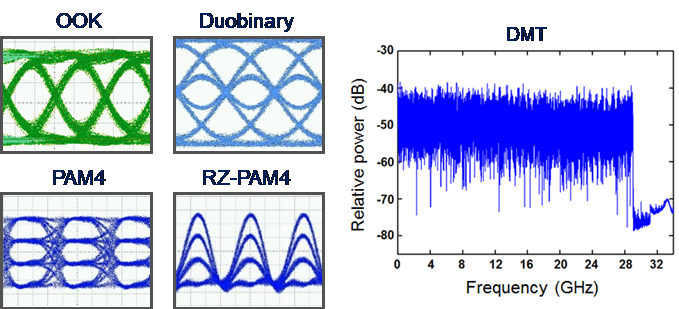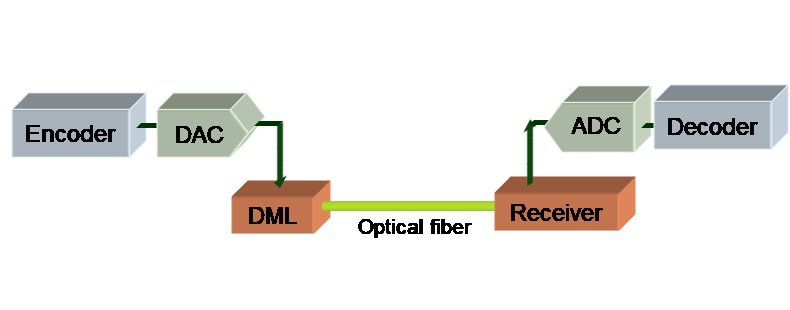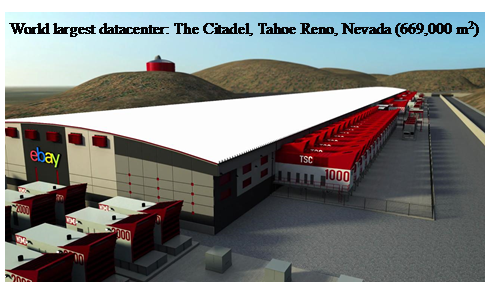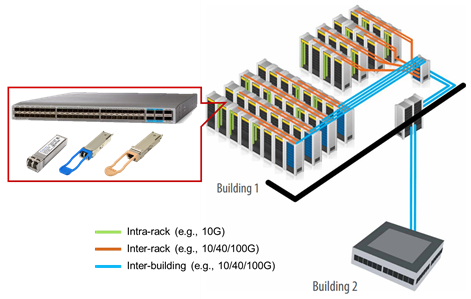Join Us
We always have an eye out for highly motivated M.S. and Ph.D. program students with interests in the areas of photonic systems/subsystems and optical transmission systems. A postdoctoral position is available to study free-space optical communications and high-capacity transmission systems.
Please contact me directly at hoonkim@nullkaist.ac.kr if you are interested in the position.
Contact Us
location_on
Building E3-2, Room 4204
School of Electrical Engineering
Korea Advanced Institute of Science and Technology (KAIST)
291 Daehak-ro Yuseong-gu, Daejeon
Korea 34141 [
map
]
+82-42-350-7433
+82-42-350-3410
mail hoonkim@nullkaist.ac.kr




